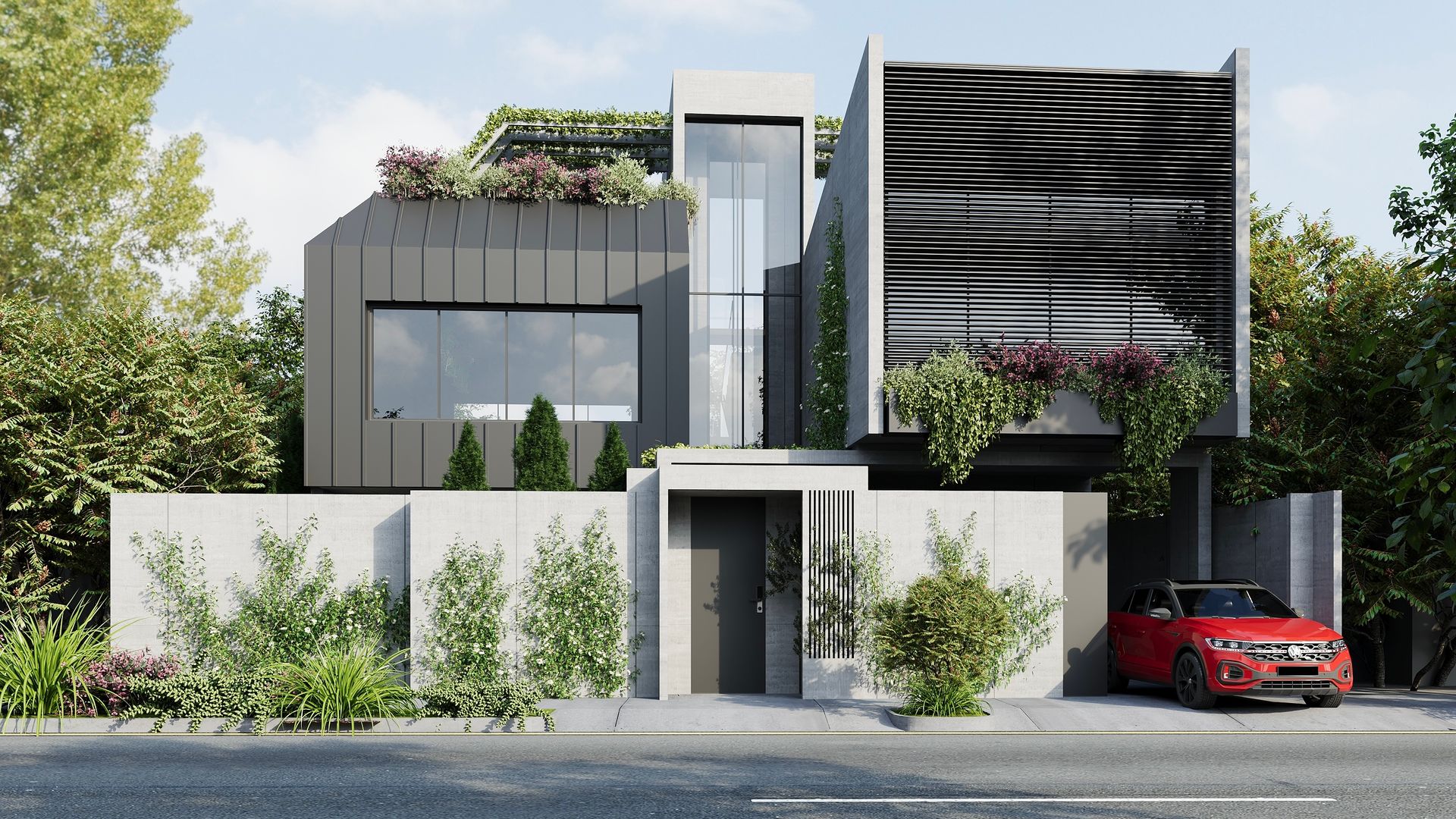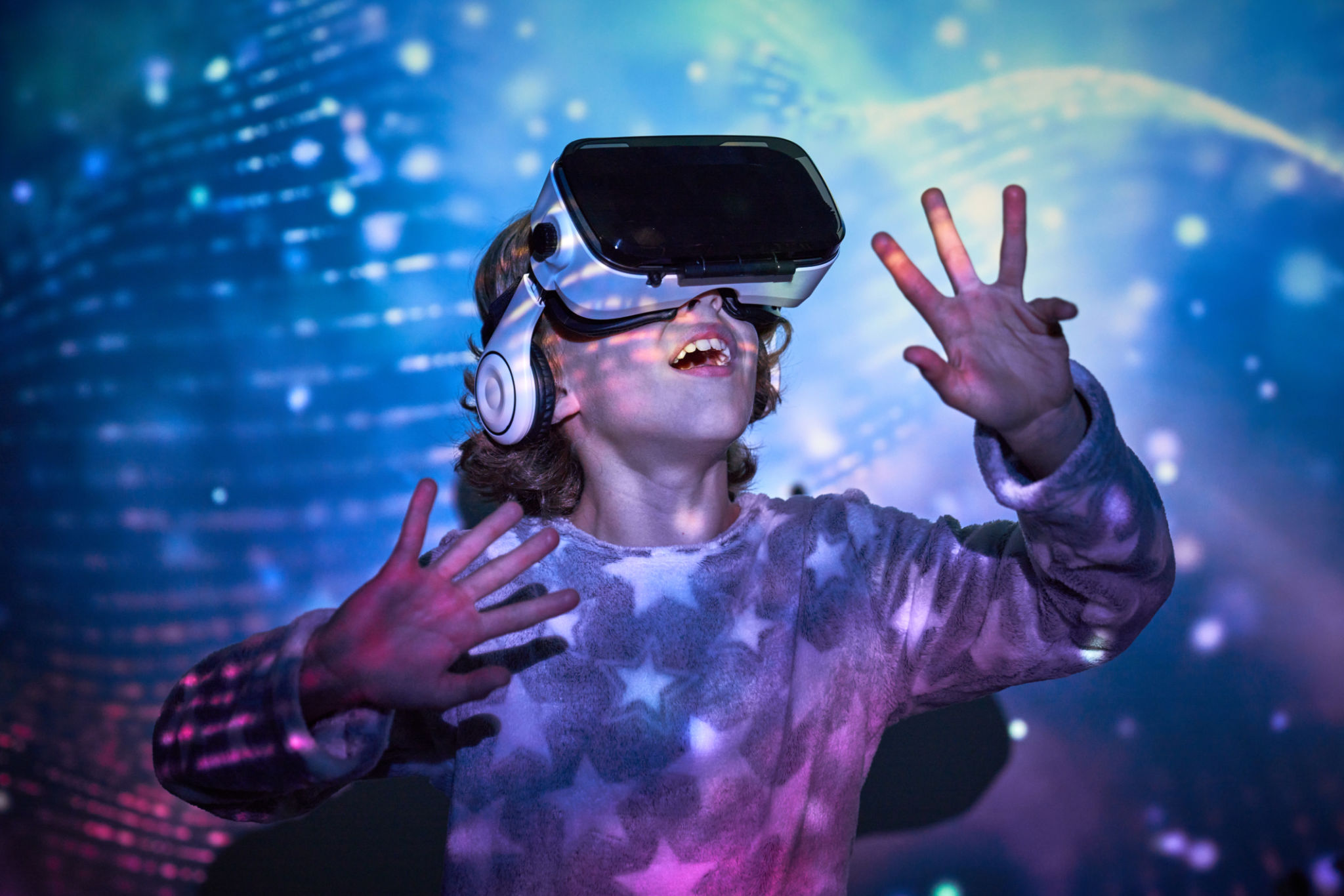Innovative Trends in 3D Architectural Animation
Revolutionizing Architecture with 3D Animation
In recent years, the field of architectural visualization has been significantly transformed through the use of 3D animation. As technology advances, architects and designers are finding more innovative ways to bring their visions to life. These animations not only provide a realistic representation of future projects but also allow clients to experience their potential spaces in an immersive way.
One of the most exciting aspects of 3D architectural animation is its ability to present complex designs with clarity. By simulating real-world environments, architects can showcase how natural light interacts with their designs, how spaces are utilized, and even potential design flaws that need addressing. This level of detail is invaluable for both architects and clients alike.

The Rise of Real-Time Rendering
Real-time rendering is a game-changer in the world of 3D architectural animation. This technology allows architects to make instant changes to their designs and see the results immediately. It enhances collaboration between clients and designers, ensuring that feedback is quickly incorporated into the design process. The immediacy and interactivity provided by real-time rendering make it an indispensable tool in modern architecture.
Moreover, real-time rendering facilitates more engaging presentations. Clients can explore virtual environments at their own pace, interact with different elements, and gain a comprehensive understanding of the project. This interactive experience plays a crucial role in decision-making, offering a clearer vision of what the final result will look like.
Virtual Reality: A New Dimension
Virtual reality (VR) is another innovative trend taking 3D architectural animation to new heights. By providing a fully immersive experience, VR allows clients to step inside their future homes or offices before construction even begins. This technology not only enhances understanding but also ignites excitement and anticipation for the project.

With VR, architects can present their designs in a more compelling way. Clients can explore every corner of a space, providing them with a true sense of scale and proportion. This immersive experience is highly persuasive, making it easier for architects to communicate the value and uniqueness of their designs.
AI and Machine Learning in Animation
The integration of AI and machine learning in 3D architectural animation is paving the way for smarter design processes. These technologies can analyze vast amounts of data to optimize designs for efficiency and sustainability. By predicting potential issues and suggesting improvements, AI aids architects in creating more resilient and innovative structures.
Furthermore, AI-driven animations can adapt to user interactions, offering personalized experiences tailored to individual preferences. This capability not only enhances client engagement but also provides valuable insights into how different designs resonate with various audiences.

The Future of Architectural Visualization
The future of architectural visualization is bright and full of possibilities. As technology continues to evolve, we can expect even more sophisticated tools that blur the line between virtual and reality. From augmented reality overlays that blend digital models with real-world environments to holographic displays that offer a new way to visualize space, the potential is limitless.
Embracing these innovative trends in 3D architectural animation not only enhances the design process but also empowers architects to push the boundaries of their creativity. As these technologies become more accessible, they will undoubtedly become integral components of architectural practice worldwide.